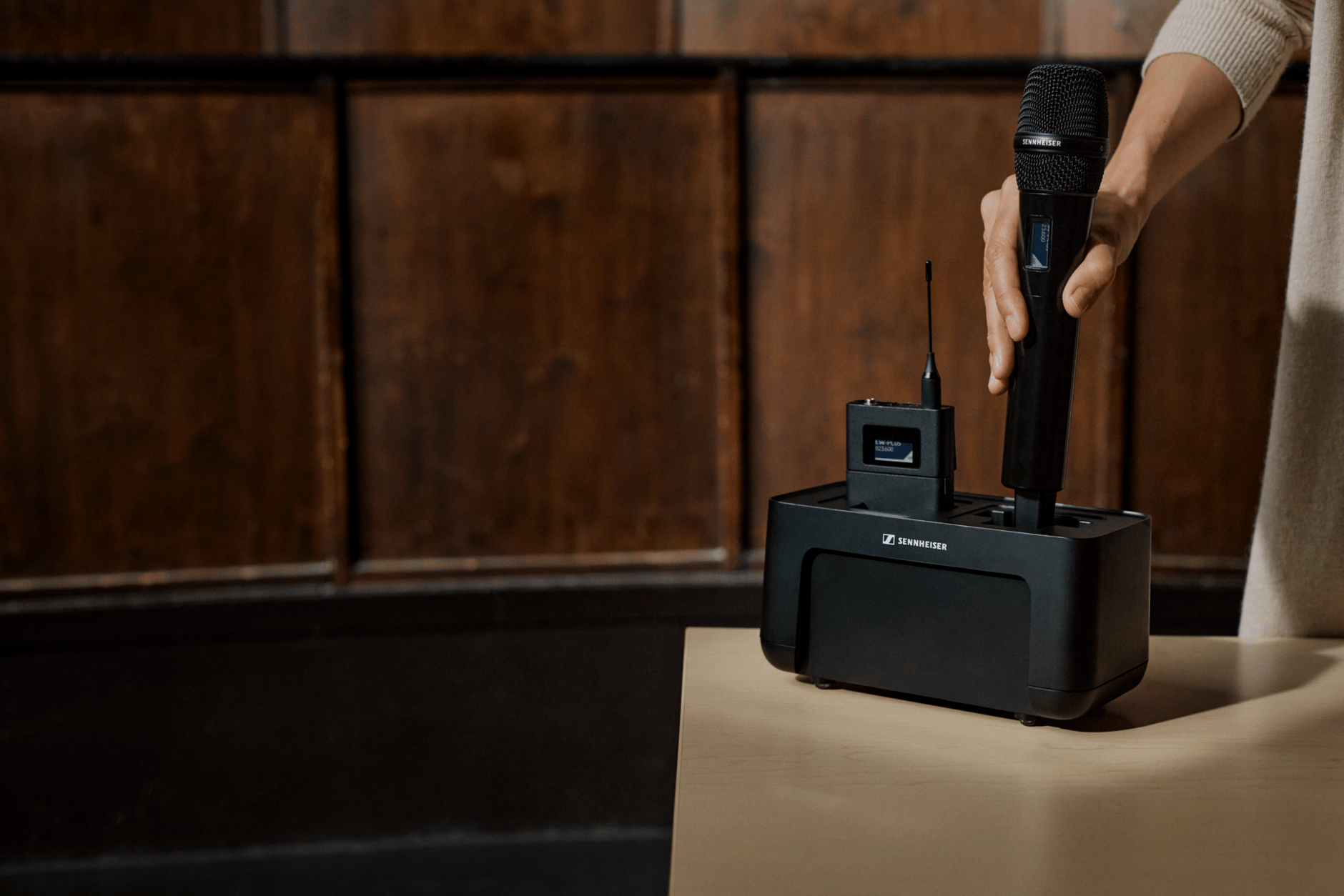When designing antenna systems for wireless microphones, it is important to understand how each component in the signal path contributes to loss or adds gain to the RF signal before it reaches the receiver. To really optimize this signal and get the best performance from our wireless systems, it is critical to understand the impacts of every component in the signal chain. Let’s examine the following and learn how to create a loss budget:
- Frequency – How does the operating frequency impact the system’s behavior?
- Receiving Antennas – Pattern, polarization, gain
- RF Cable – Impedance and loss
- Splitters and Combiners – Passive vs. Active
RF Budget
When planning your antenna distribution system, it is a good rule of thumb to plan for unity gain or 0 dBm of gain/loss at the input of the receiver. Each component can create loss or add gain to the signal chain. While 0 dBm of gain/loss in your system is ideal, knowing the tolerance of your RF receiver will give you the range you need to stay in for a stable system. For Sennheiser receivers, plan to keep within a range of +4 dBm and -6 dBm. When designing a multi-zone architecture in which multiple pairs of antennas combine to the same receiver, it is important to calculate the run from each antenna to the receiver to ensure that it is with/within the range for gain/loss.











